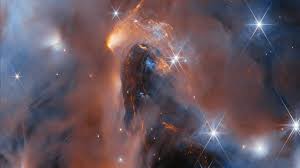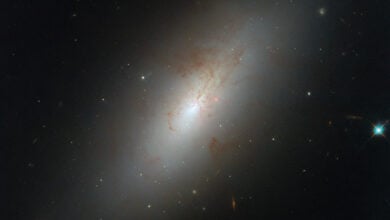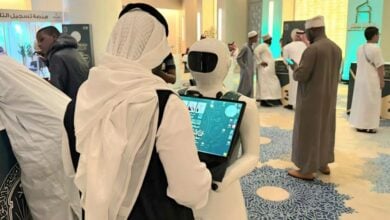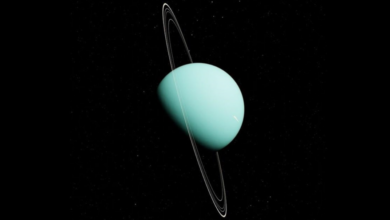NASA’s JWST Discovers Six Rogue Worlds

Scientists using NASA’s James Webb Space Telescope (JWST) have identified six “rogue worlds” in the NGC 1333 cloud, located about 960 light-years from Earth, Anadolu Agency reported yesterday.
These celestial bodies, not gravitationally bound to any star, are larger than Jupiter. The discovery, reported on August 28, highlights the turbulent environment of the Perseus Molecular Cloud, where gas and dust combine to form stars and other bodies.
Lead author Adam Langeveld from Johns Hopkins University emphasized the significance of these findings in understanding star and planet formation. Co-author Ray Jayawardhana noted that the study probes the limits of how light an object can be while still forming like a star.
According to the scientists, one of the rogue worlds has a mass five times that of Jupiter, suggesting the potential for “mini planets” to form around it. The research also uncovered newly formed stars, planets with 5-10 Jupiter masses, and a rare brown dwarf, enhancing our understanding of celestial formation processes.






